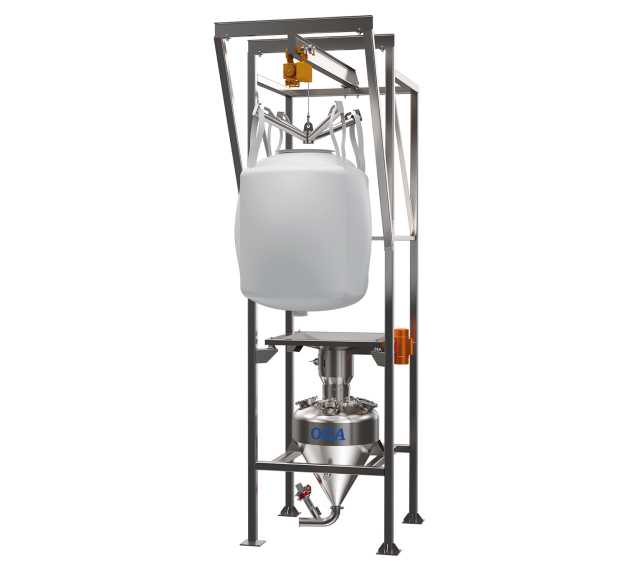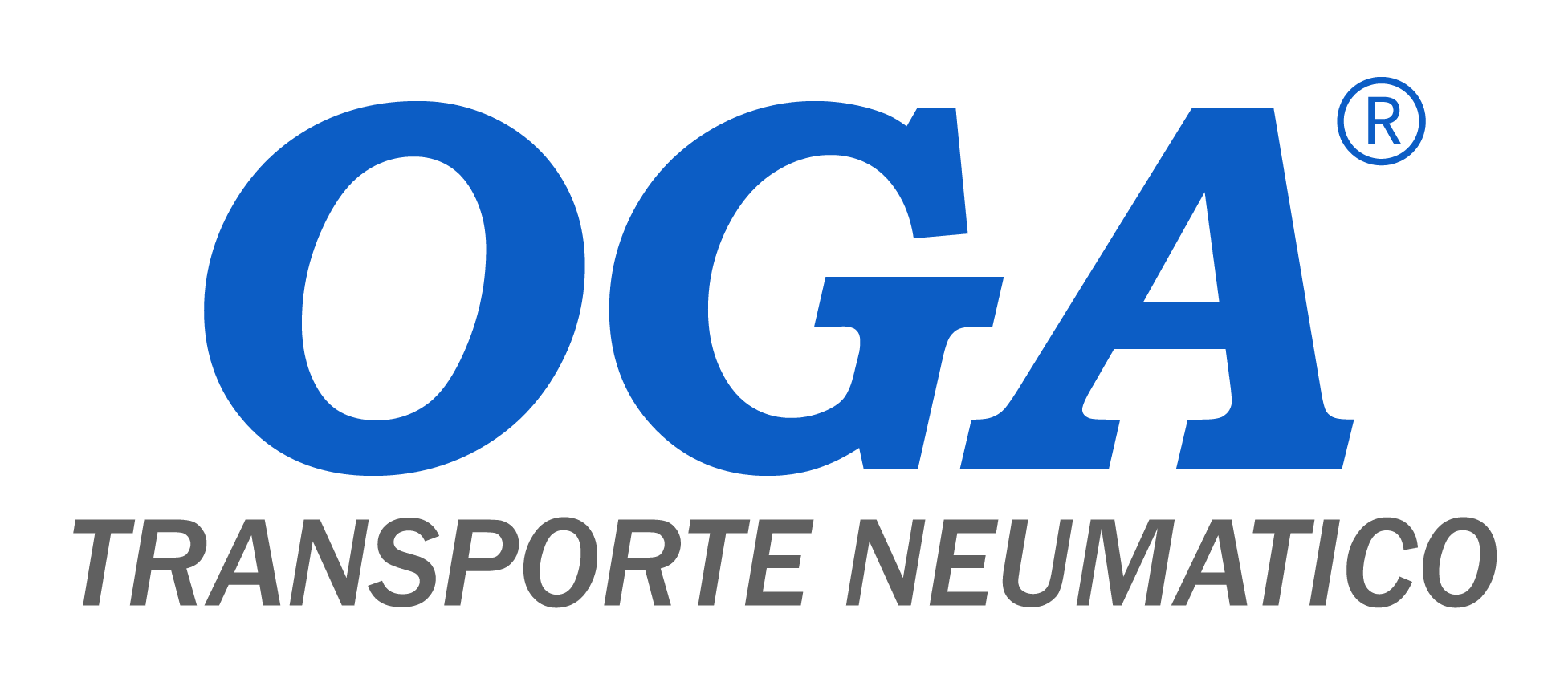









What is a Big Bag Discharge Station in Pneumatic Transport Systems?
A Big Bag discharge station in pneumatic transport systems is equipment designed to efficiently and safely empty and transfer bulk materials contained in Big Bags (large bags, typically one ton or more). These systems are commonly used in industries handling powders, granules, or solids, such as food, chemical, pharmaceutical, and construction. The discharge station includes key components such as a support structure, lifting system, discharge hopper, flow control valve, anti-bridging system, airtight connection, and pneumatic conveyor. These elements ensure safe and efficient material handling, reducing dust generation and facilitating a clean work environment.

Big Bag Discharge Station for Pneumatic Transport
- Manufactured in stainless steel / carbon steel.
- Includes Big Bag discharge hopper.
- Support for Big Bag between 1-1.7 tons.
- Option to incorporate a vibrating tray.
- Floor anchoring at the client’s plant using a structure with four main columns.
- Support for the material inlet hopper.
- Design for lifting Big Bags by forklift or possibility of installing a hoist.
- Ergonomic front gate for Big Bag access.
Types of Big Bag Discharge Stations
There are several types of Big Bag discharge stations, each designed to meet specific needs:
- Standard Stations: For general discharge applications.
- Stations with Integrated Lifting System: Facilitate the placement of heavy Big Bags.
- Stations with Anti-Bridging System: Prevent material bridging.
- Hermetic Stations: Prevent dust emission and maintain a clean environment.
- Stations with Vibration System: Improve the flow of sticky materials.
- Stations with Integrated Weighing System: Allow precise control of the discharged amount.
- Stations for Classified Areas: Designed to operate in explosive environments.
- Mobile Stations: Can be easily moved within a facility.
Industrial Sectors Where They Are Used
Big Bag discharge stations are widely used in sectors such as the food industry (for ingredients like flour and sugar), the chemical industry (for powdered and granulated products), the pharmaceutical industry (for active ingredients and excipients), the plastics industry (for resins and pellets), the construction industry (for cement and sand), the minerals and mining industry (for pulverized minerals), the paints and coatings industry (for pigments and fillers), the energy industry (for pulverized coal and biomass), the paper and pulp industry (for chemical additives), and the consumer products industry (for detergents and cosmetics). These systems ensure efficient, safe, and clean bulk material transfer, enhancing productivity while maintaining high safety and hygiene standards.




